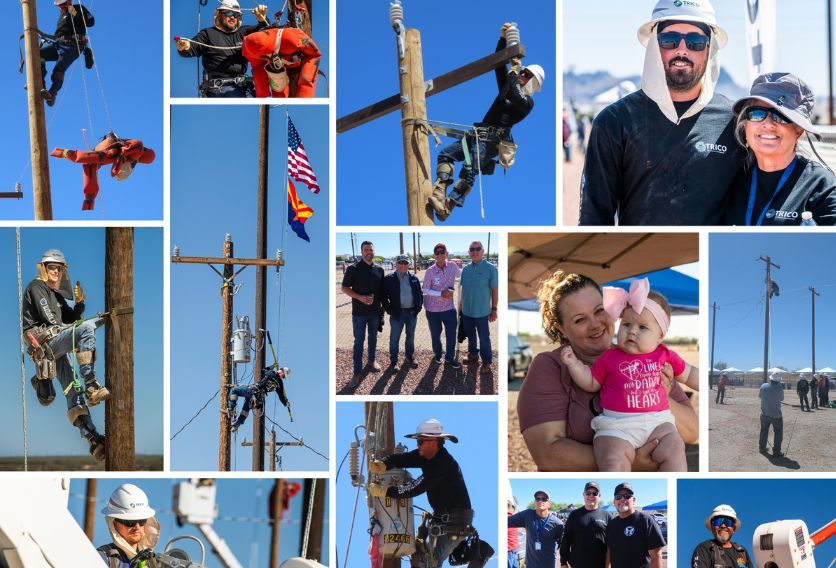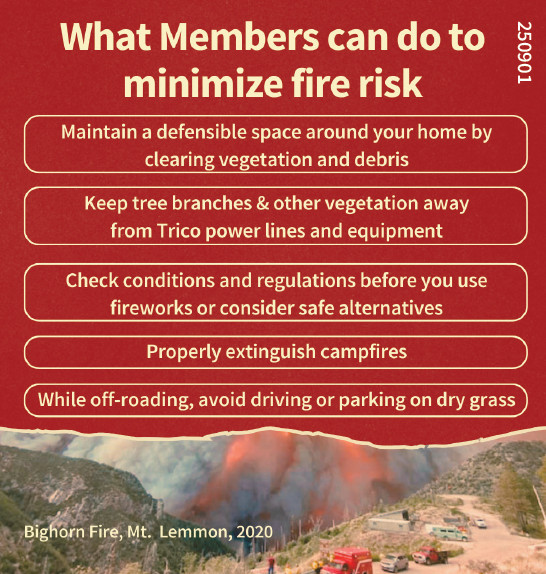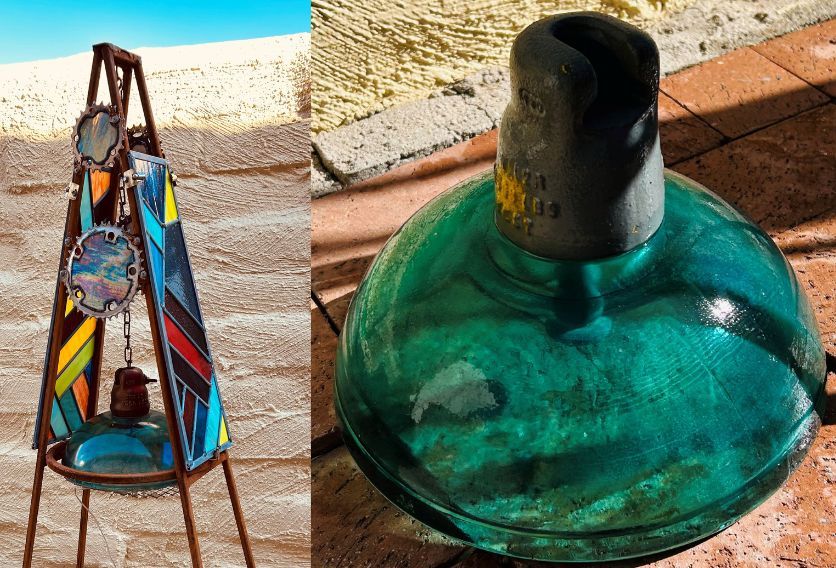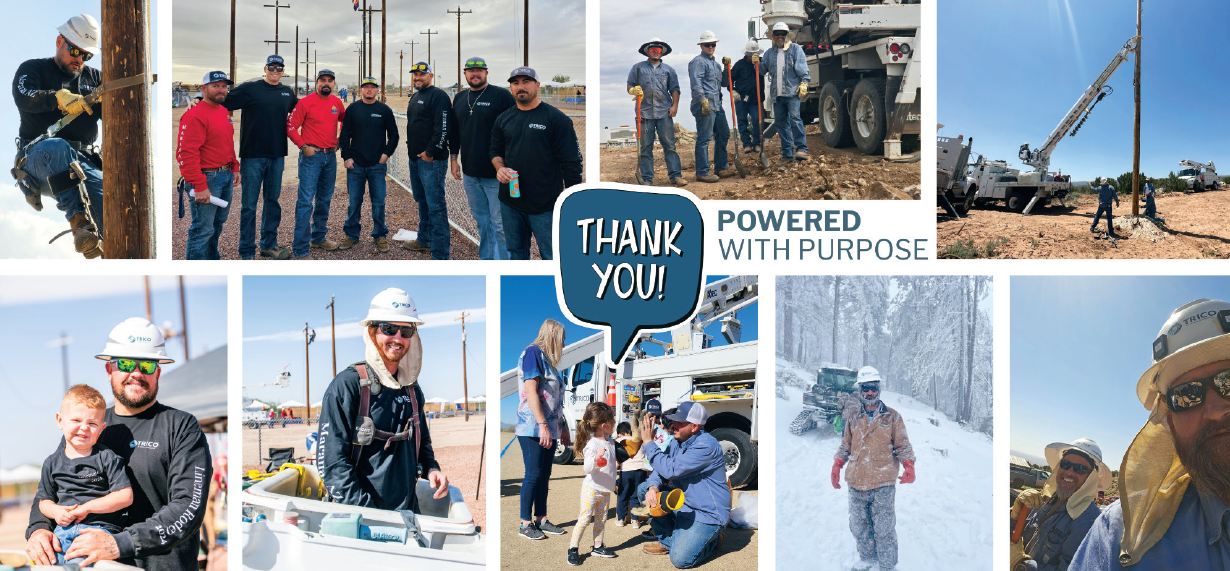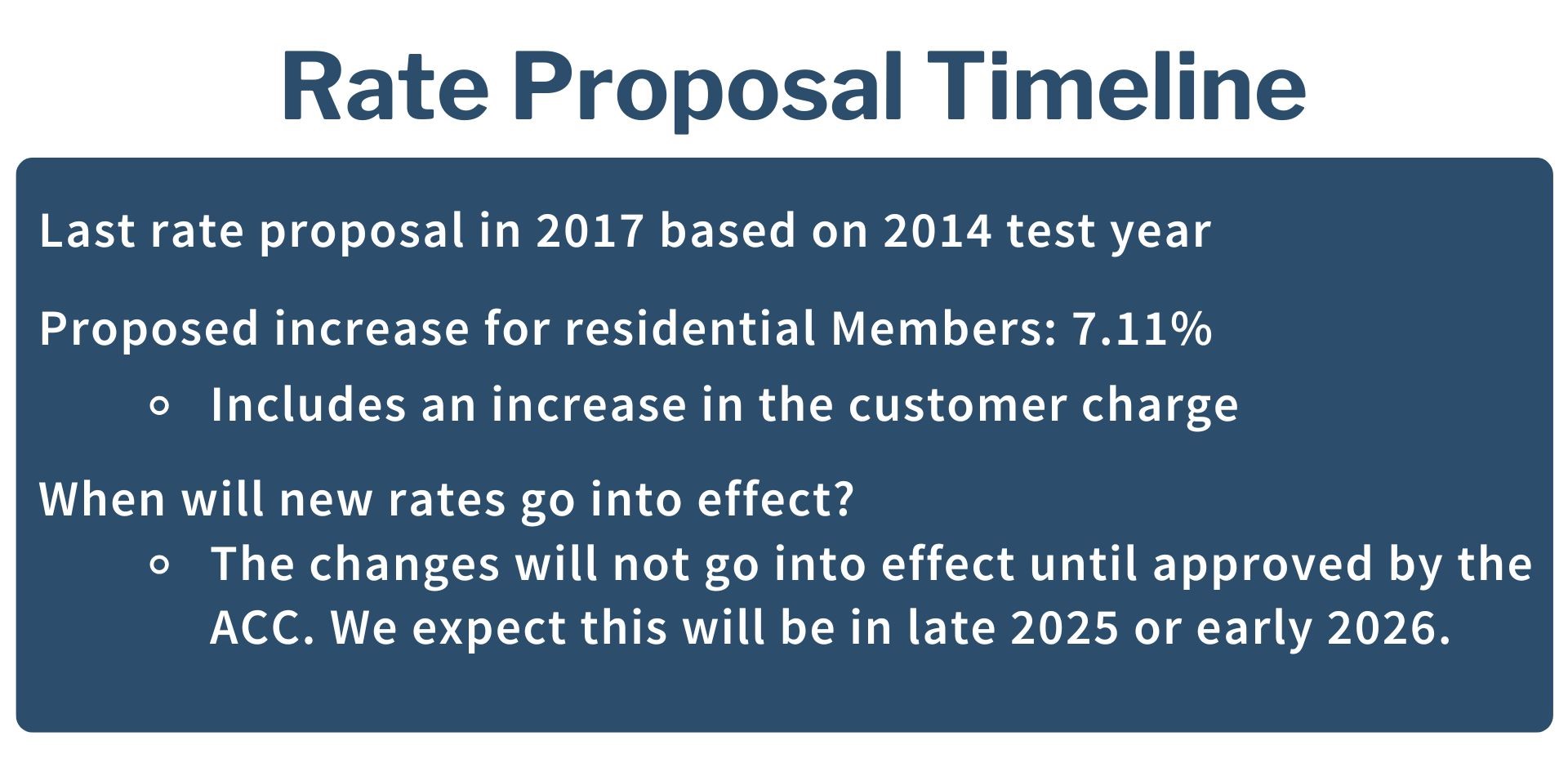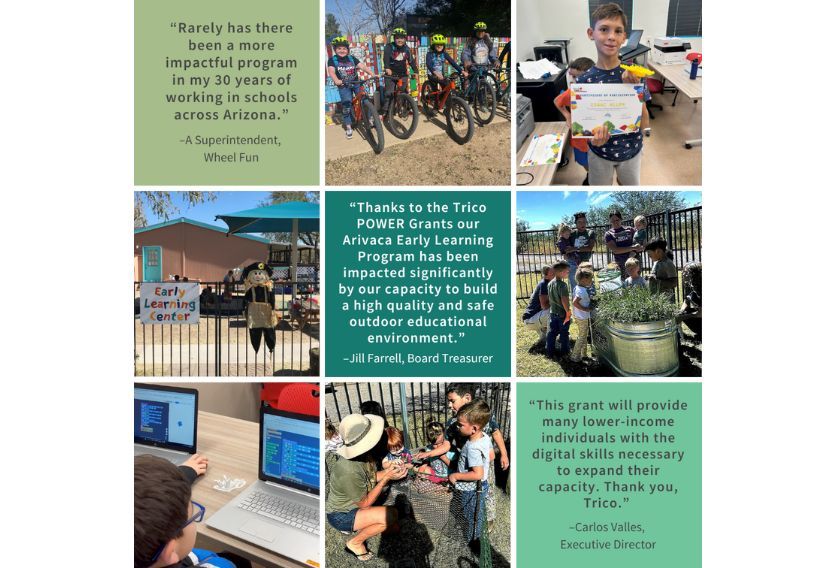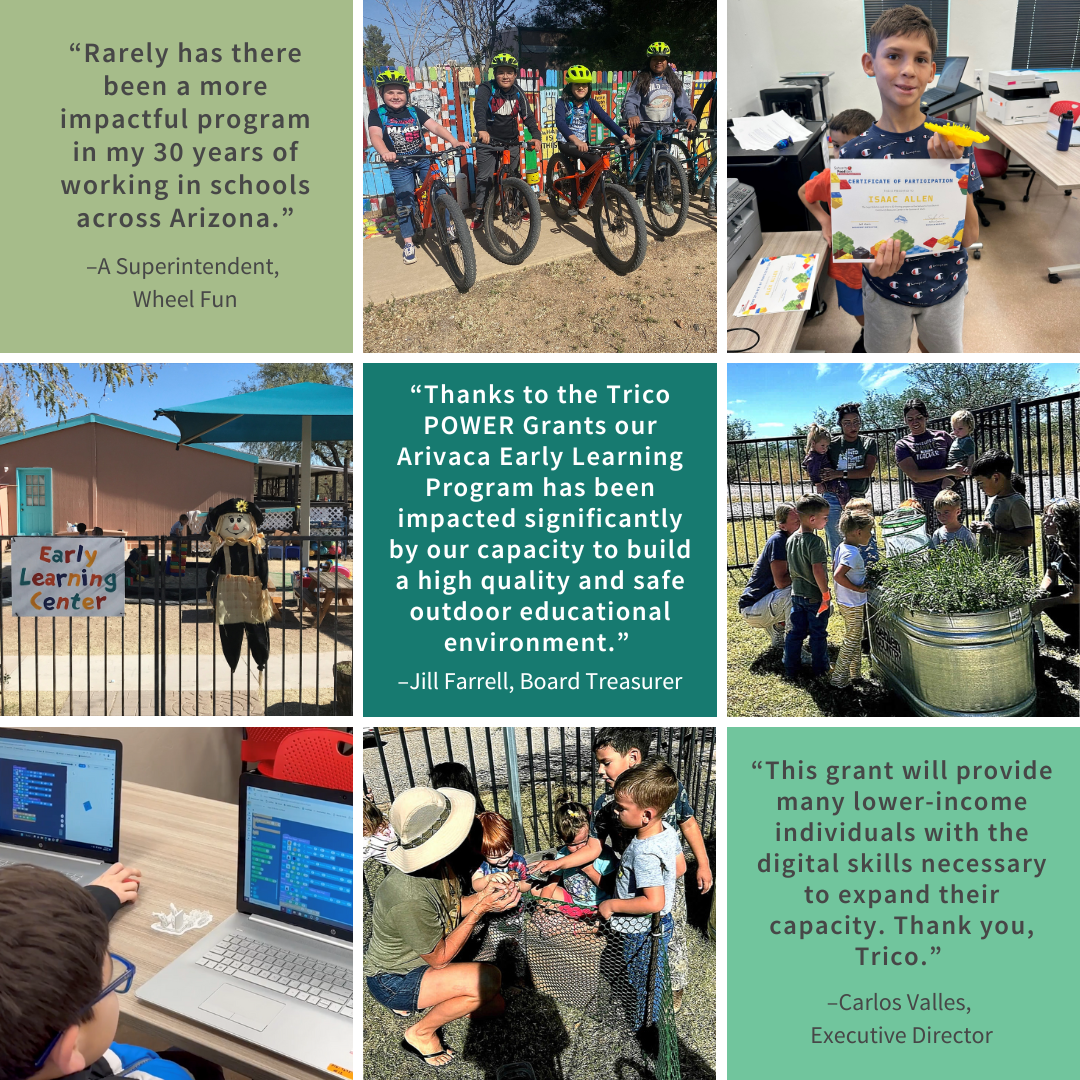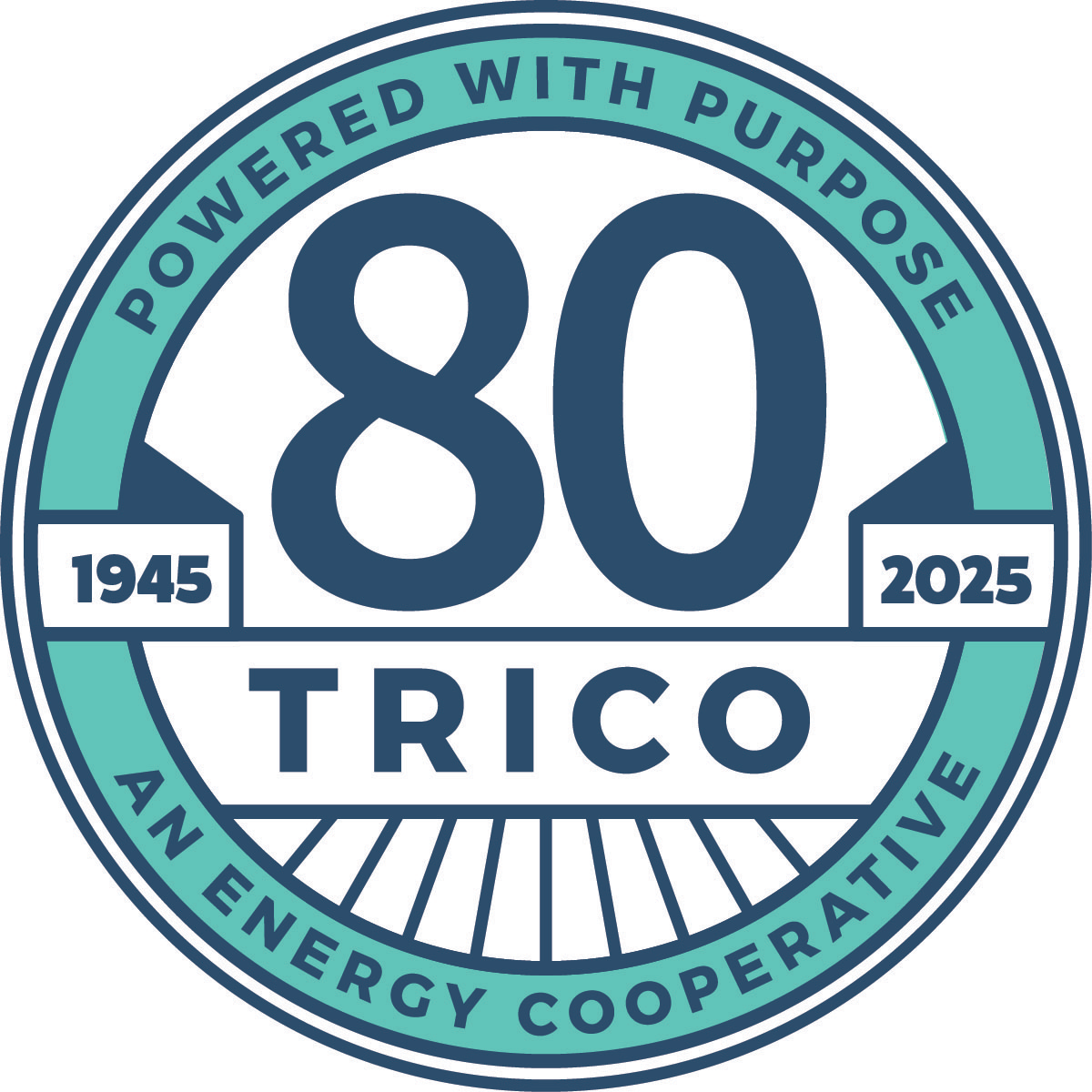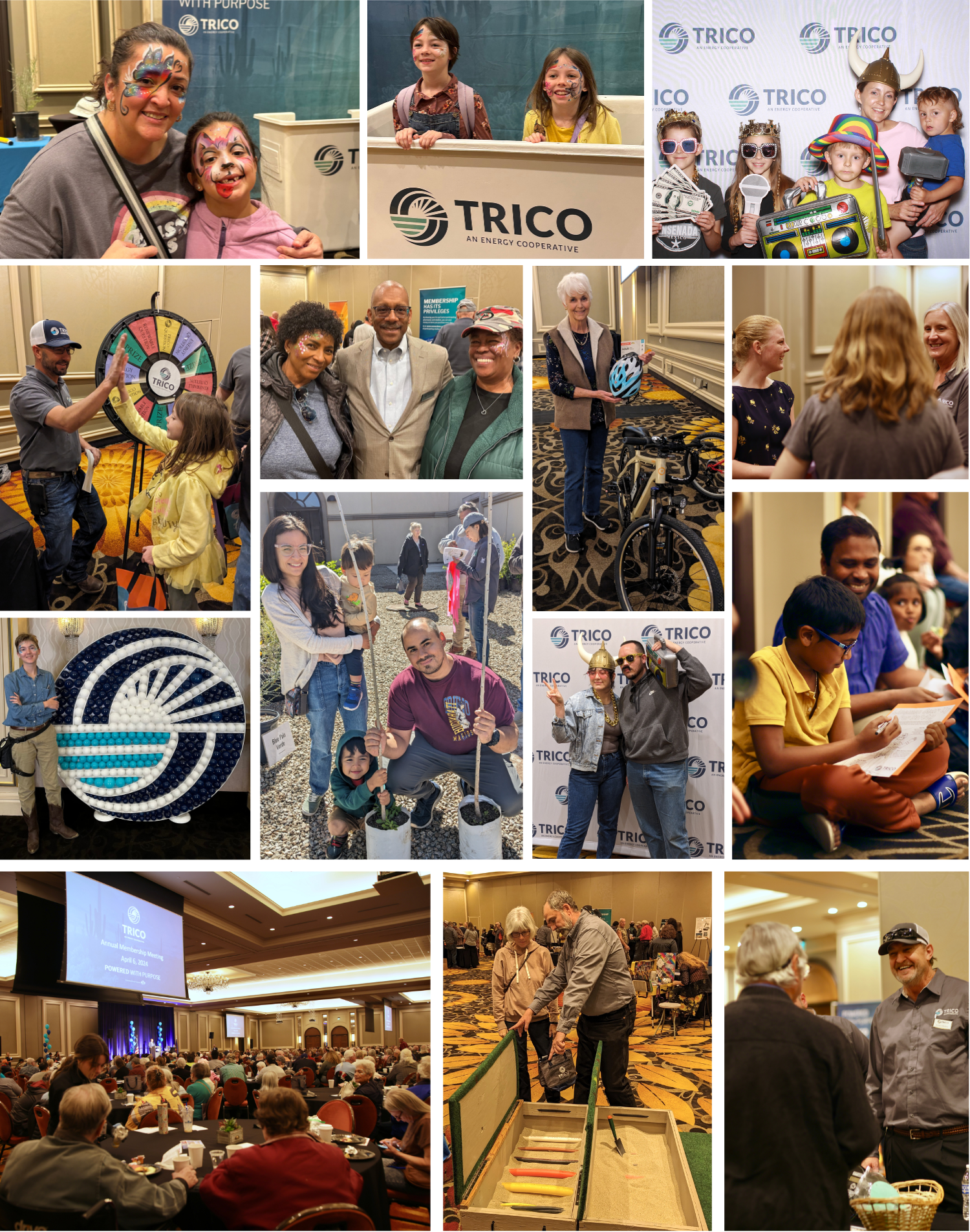Trico’s Apprentice Lineworkers Excel at State Rodeo
Trico’s Apprentice Lineworkers excel at state rodeo
June 1, 2025
Trico’s Apprentice Lineworkers performed very well at the 2025 Arizona Lineworker Rodeo in April, taking first place in several events. The rodeo was held at Trico, which gave our Trico family a chance to see our Apprentices in action.
Conor Garcia won two events and finished second in another event while Anthony Anaya finished first in the Hurt-Man Rescue. Matt Ward and Tyler Russell won team events. Ward finished seventh overall out of 40 Apprentice Lineworkers from nine state utilities.
“We are extremely proud of their accomplishments and hard work,” said Matt Fredericksen, Vice President of Electric Operations. “I would also like to applaud Bryan English and Colby Brown for stepping up to coach the guys this year. All of Trico’s Journeyman Lineworkers have played crucial roles in the development of these Apprentice Lineworkers.”
The rodeo included three individual events, a written test and two team events. Garcia completed the Obstacle Course in 3 minutes and 43 seconds. The Obstacle Course gives Apprentices the opportunity to demonstrate their ability to work efficiently with gloves, move insulators and perform tasks like leaning out and transferring equipment while maintaining safety and precision.
“Conor showcased his climbing skillset in the Obstacle Course,” Fredericksen said. “Lineworkers have to navigate over two crossarms and move material carefully in order to come ahead of their peers in this event.”
Garcia, Anaya, Ward and Russell finished first through fourth in the Mystery Event, which involved terminating an elbow connector on an underground cable.
“This event is unknown to the competitors until the day of the rodeo, so preparation is very limited,” Fredericksen said.
Anaya and Garcia finished first and second in the Hurt-Man Rescue event. The purpose of the Hurt-Man Rescue is to demonstrate speed while safely lowering an injured worker (represented by a mannequin), who is unconscious, from the top of the pole.
“This is a really competitive event that requires the ability to be swift and careful as it represents rescuing a fellow Lineworker who has been incapacitated,” Fredericksen said.
For the team events, Ward and Mario Hernandez of Sulphur Springs Valley Electric Cooperative (SSVEC) finished first in the Cross-Arm Change Out, while Martin Mares of Trico and Sean Hahn of SSVEC placed second. For this event, Lineworkers demonstrated their ability to detach the conductors from the old cross arm, removing the old cross arm from the pole, attaching the new cross arm, and then reattaching the conductors to the new cross arm.
Trico’s Russell and Gabe Ornelas of SSVEC won the Overhead Transformer Change Out. They finished third overall. Teammates are randomly selected from different utilities and at different stages in their apprenticeship.
“These events require extensive communication on the fly in order to obtain the best times,” Fredericksen said.
The state rodeo is a great opportunity for our Apprentice Lineworkers to showcase the skills they’ve learned on the job. We are proud of their hard work and dedication to our Members.
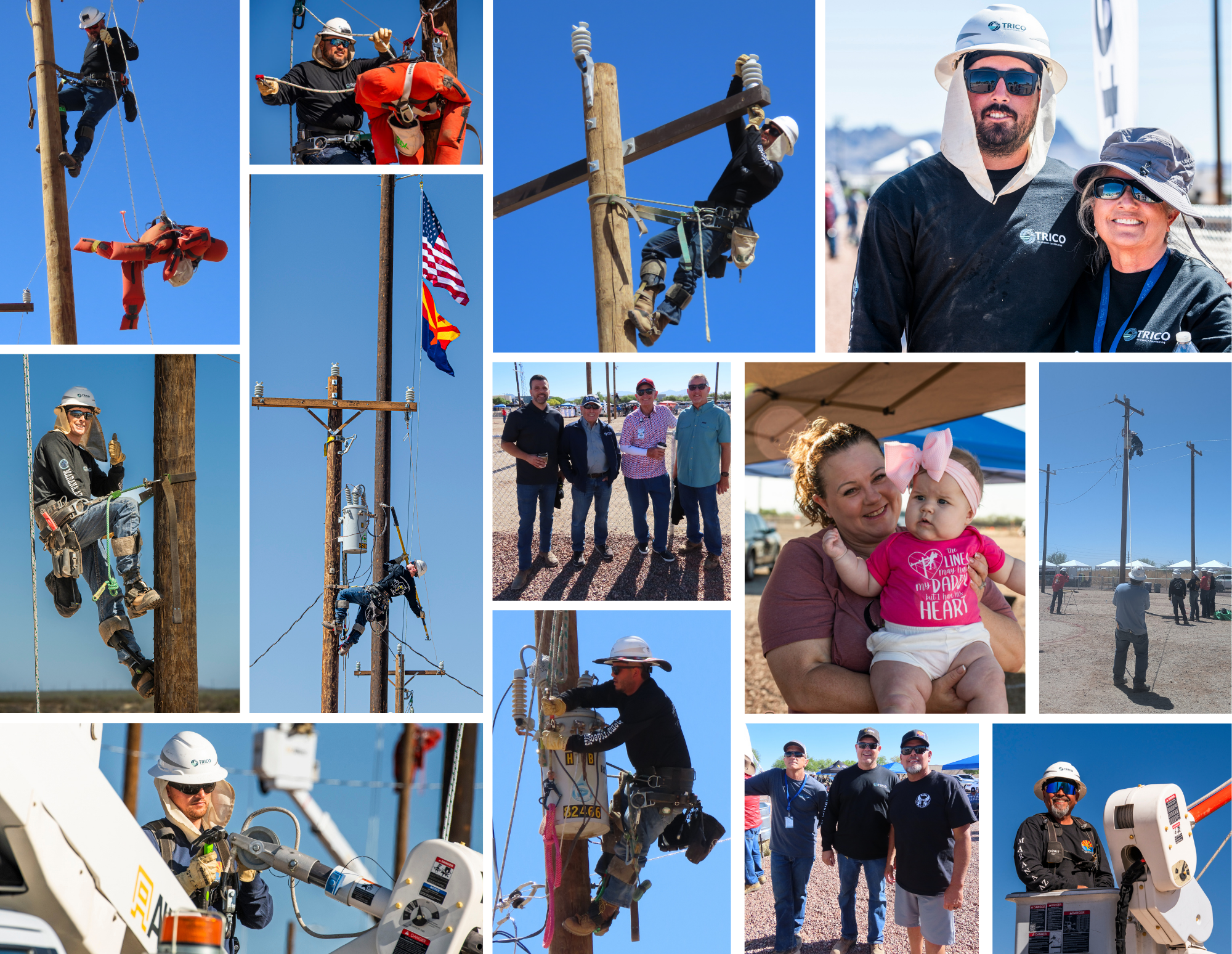

 SmartHub Log-in
SmartHub Log-in